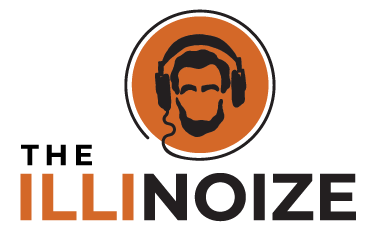Good News, Bad News in State Budget Projection
The Lincoln statue in front of the State Capitol building in Springfield.
There’s good news and bad news on the Illinois budget situation but climbing out of a COVID-19 shaped hole in the state’s checkbook could take time, a state commission says.
The Committee on Government Forecasting and Accountability, or COGFA as it’s known in state government circles, is a bipartisan, bicameral commission with its own staff that monitors state spending and projects revenue changes throughout each budget year.
When the General Assembly passed its budget at the end of May, at the heart of the first wave of the coronavirus pandemic, Democrats and Republicans alike agreed the budget likely wouldn’t be balanced with revenue drops from high unemployment and lower tax revenue.
The commission reported almost a half-billion dollars in increase in state revenue though the first quarter of the fiscal year, which begins in July. The commission says much of the increase came from the extended deadline to file income taxes to July 15. Through October, personal income tax is up by approximately $1.4 billion. Even though some of it was from the late income tax filing deadline, COGFA says personal income taxes have performed significantly better than expected in the spring. Corporate income taxes have also outpaced expectations.
But many Illinoisans remain out of work. In April, the unemployment rate for the state surged to 14.7%, the highest and largest monthly percentage increase since the data began being tracked. The latest figures from September show Illinois jobs are down 6.8%, nearly 420,000 jobs compared to the same month a year prior. While troubling, the figure reflects an upturn from previous months when the job losses were down as much as 12.9% (which approached almost 800,000 jobs in April.)
COGFA reports legislators passed a budget based on around $43 billion in revenue. The enacted budget also assumed borrowing up to $5 billion from the federal government and another around $1.25 billion from the graduated income tax amendment which failed before voters this month.
The budget accounted for $42.9 billion in spending, but COGFA has left expected revenue for the current fiscal year at around $38.9 billion, leaving a $4 billion hole in the FY21 budget, which will have to be addressed by lawmakers at some point.


